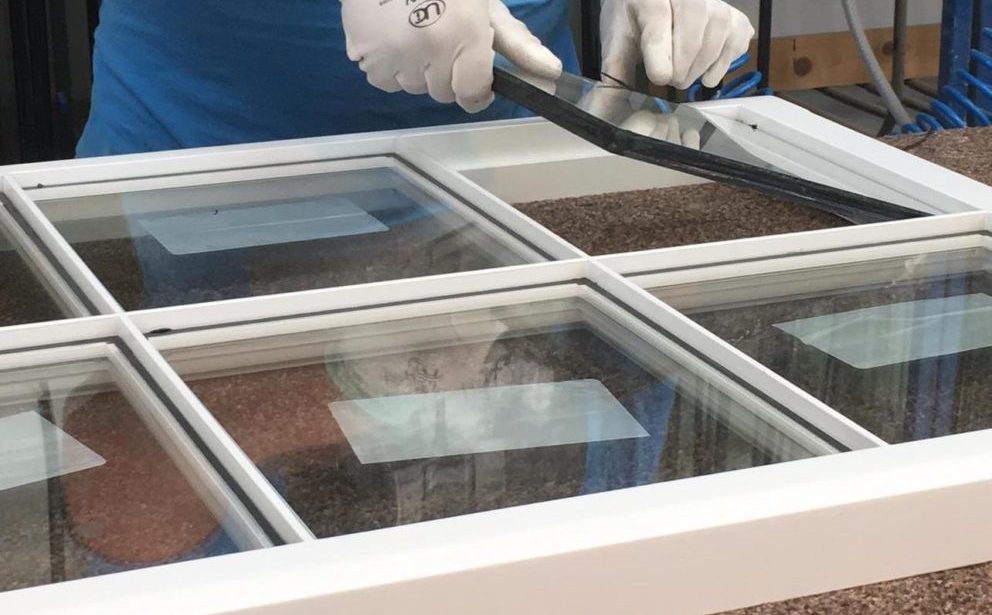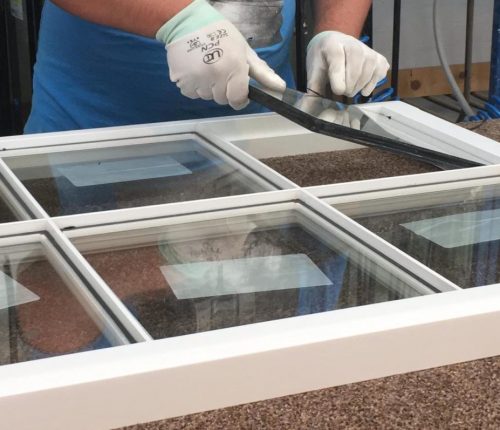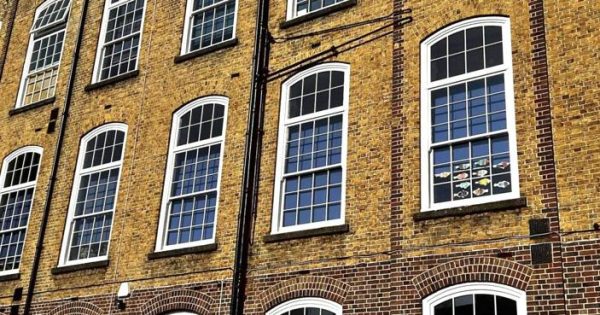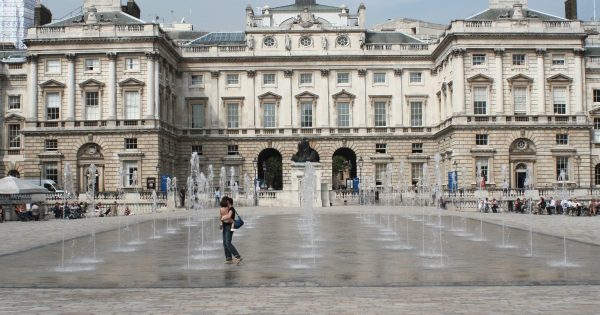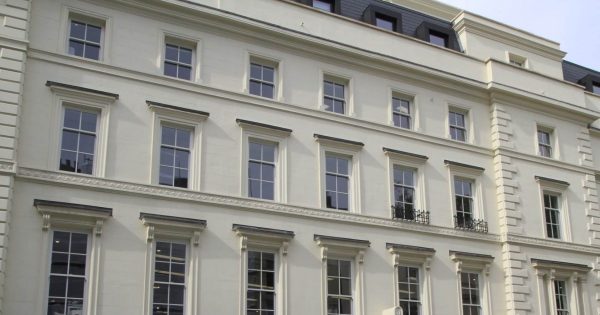Thu May 19
You are likely to have heard of double glazing when it comes to windows. But, have you heard of the term secondary glazing?
These two types of glazing are different, and to help you to learn more about what they are and which type may be better for you, we have put together our guide on double glazing vs secondary glazing.
What is double glazing?
The first place to start is by looking at what double glazing is. Double glazing was invented in America in 1930. However, it wasn’t until 1941 that it began to be manufactured. This was because manufacturers were looking for the perfect glass that was needed.
Double glazing wasn’t seen in the UK until the mid-70s when it exploded, and during the 1980s, many homes in the UK were choosing double glazing over other window forms.
Double glazing is when two panes of glass are installed into a window. They are separated by a spacer bar, which creates a seal filled with inert gas, insulating the window.
Over time, manufacturers have been able to create slim enough glass, which means it can be installed in properties with period timber rather than more modern materials.
This means that double glazing is perfect if you want to benefit from energy-efficient windows, but you can still have all the feel of timber sash windows (check out our double glazed sash windows to learn more).
What is secondary glazing?
Secondary glazing is when the window has another pane of glass installed behind the existing window. This second pane is usually in an aluminium frame and can be made in various ways.
It could be in a lift-out unit, a hinged unit, or vertical or horizontal sliders. Your type will depend mainly on the kind of window you already have and the result you are hoping to achieve with your glazing.
The main benefit of secondary glazing is that it will provide the best noise insulation compared to double glazing. However, it does not give as much energy efficiency as double glazing does.
Secondary glazing does not require planning permission, even if your building is listed. This means it is the best option if you live in a listed building and want to change your windows.
So, which is best?
The answer is that both types of windows can be suitable, depending on your situation. If you have windows facing a busy road, you may want to consider secondary glazing. However, if you have a window away from the roads, you may find that double glazing is the better option.
Make sure you think about what you want and then speak to a professional and see what they suggest. They can advise on the best option for you and then let you know the next stage of the process.
To learn more about our heritage windows, traditional windows and window restoration services, please contact us.

